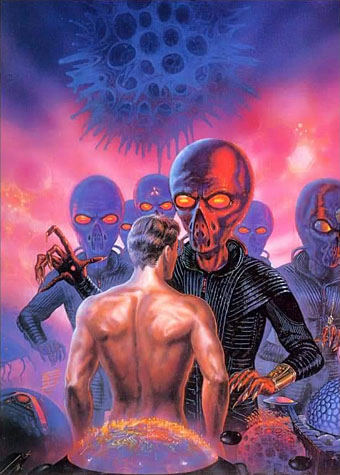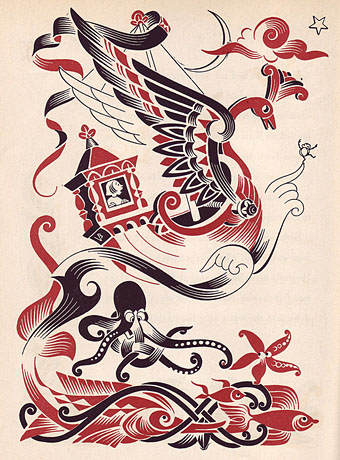I ought to have included this miniature in the collection of exposition films I posted a couple of years ago. Impressions of Expo 67 was made by William Brind for the National Film Board of Canada. It’s a lot shorter than Henry Charles Fleischer’s home-movie record of the Montreal exposition but has the edge over Fleischer’s shaky, hand-held shots by being very smartly shot and edited. Brind also avoids spoiling his film with over-eager narration, what you get is eight minutes of light-rail journeys, international visitors and speculative architecture, all of it scored by a groovy soundtrack.
The architecture had a lot to recommend it at this expo: the inverted pyramid of the Canadian pavilion, Buckminster Fuller’s enormous geodesic dome (one of the few structures still standing today), the “Gyrotron” pyramid, and Frei Otto’s West German pavilion whose membranous roof looks forward to the stadium he designed for the 1972 Olympic Games in Munich. Wikimedia Commons has a detailed map of the entire site.
Previously on { feuilleton }
• Expositiana
• The exposition moiré
• Angkor in Paris, 1931
• The world of the future
• Space Needle USA
• A Trip to the Moon, 1901
• Le Panorama Exposition Universelle
• Exposition cornucopia
• The Evanescent City







